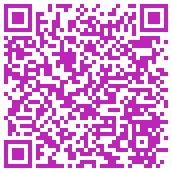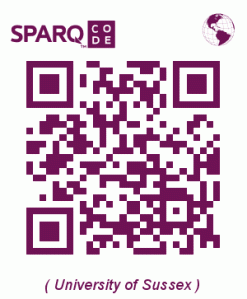



Finally, I found Maestro that allows you to insert a location on a map and work on dimensions and colour!

A possible final use in a calendar to have a positive and maybe unknow phrase everyday/month










NATIONAL TESTING GROUNDS OF LIVE ART
Live Art and Music Event
Mikahil Karikis, Mitch & Parry, Kristin Sherman, Dori Deng and Meta Drcar
Saturday 13th March 2010
7:00pm - 10:00pm
£4
Boundaries, Fluidity and Dislocations are the focus for the programme, the commissioned artists explicitly exploring ideas around liminal access and departures: the boundaries of the body - and the distance between bodies, the exploration of sound and the confinements of our physicality, the limitations of the gallery space, of the self, of the other, of the individual and of group migrations in our geography, identities and disruption across the artistic and the non artistic.
For this Testing Grounds event Mikhail Karikis explores parallels between the nature of the medium of sound and politics of migration; thinking of sound as a perpetual immigrant, always travelling away from its place and material of origin, penetrating invisibly into spaces where it may not be welcome.
Kristin Sherman explores structures of power made manifest through intricate performance machines. Her work for Testing Grounds paints a dark and humorous portrayal of power and control, a system made of bodies, where each actor monitors the other. Taken to extremes, the work questions and challenges our notions of freedom.
Mitch & Parry's new working project examines the landscape of the body as a space for collecting and exhibiting the stains and marks of loss, love and labour, by developing their work of creating external discourse with internal bodily fluid - creating a tension between provoking and inviting the spectator.
Dori Deng and Meta Drcar 's Measuring series is a meditation on relations between space and different medias including the body, visuals and sound. The action of measuring is presented physically, but also through mathematical connections, of musical rhythm and time in order to change the dimension and the proportion of the gallery space, twisting our assumption or expectation of a given context.
Testing Grounds hopes to contribute to the richness of the South East region's Live Art scene by creating a place where audiences can glimpse the newest work, be provoked, discuss new ideas and socialise. This event is co-curated with Permanent, and supported by the Lighthouse and funded by Arts Council England South East.
PERMANENT 20 Bedford Place, Brighton, BN1 2PT




 hello everyone,
hello everyone,





 The rules I followed in recreating the maze in Brighton were:
The rules I followed in recreating the maze in Brighton were: